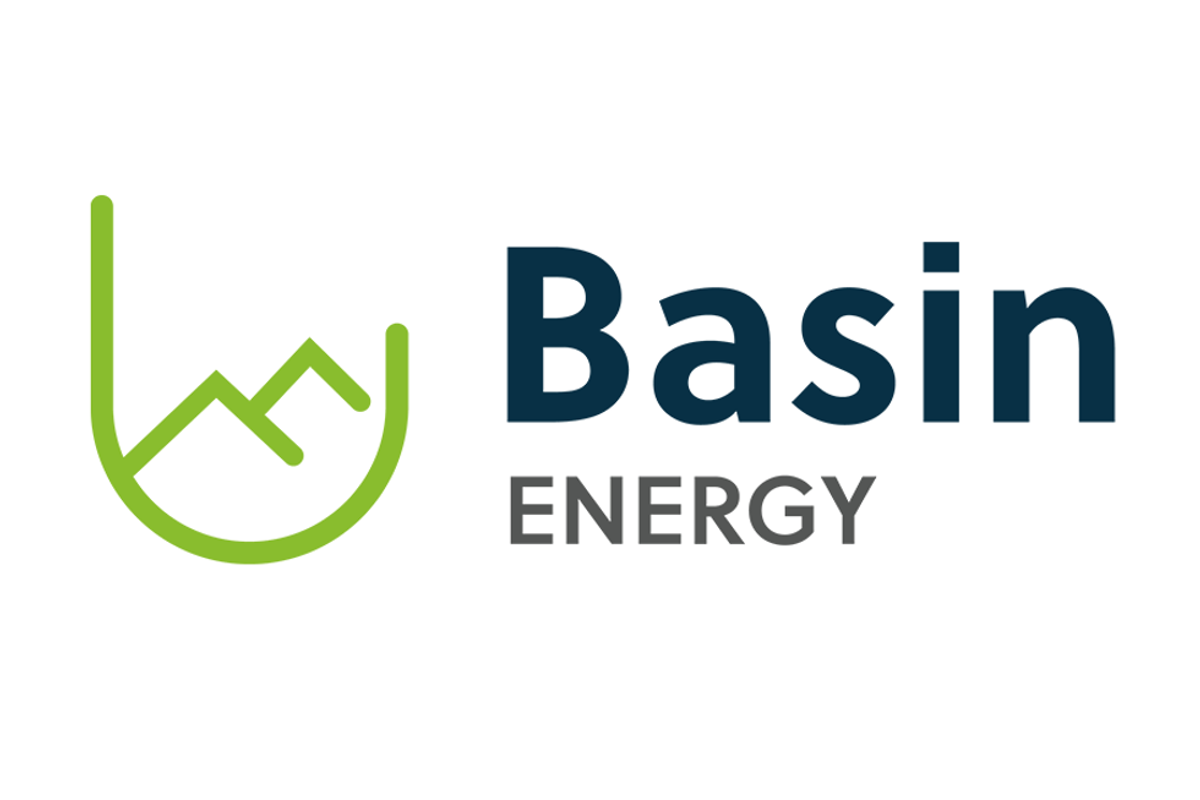Perth, Australia (ABN Newswire) - Basin Energy Limited (ASX:BSN) (OTCMKTS:BSNEF) announced that it has entered into a binding letter of intent ("LOI") with Green Canada Corporation Inc ("GCC"), a 54% owned subsidiary of PTX Metals Inc. (CVE:PTX) to sell the Marshall Uranium Project ("Marshall"), located in Saskatchewan, Canada. Key Highlights - Basin to sell 100% of Marshall Uranium Project to...
Keep Reading...


